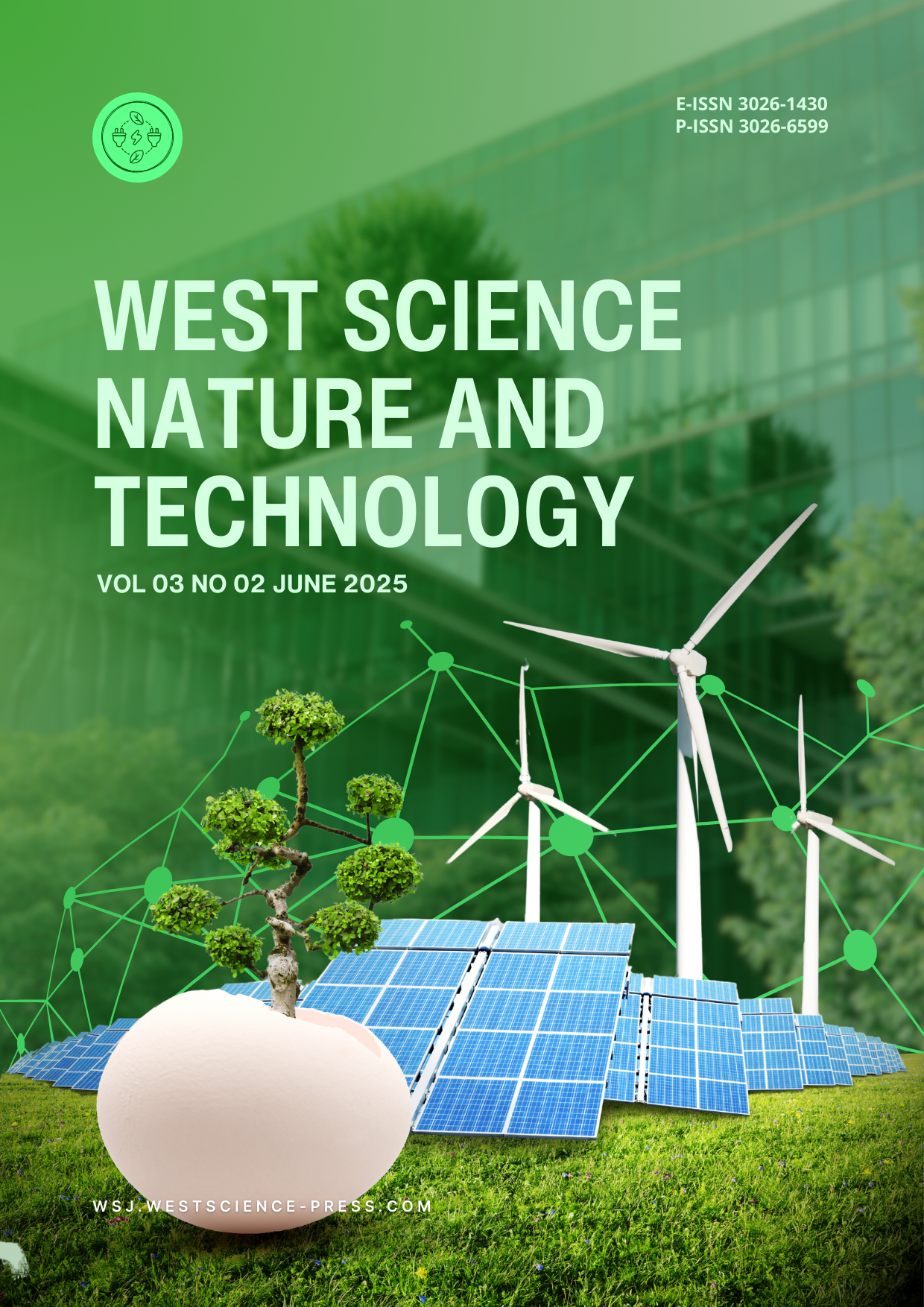The Role of Machine Learning in Modern Software Development
DOI:
https://doi.org/10.58812/wsnt.v3i02.1964Keywords:
Machine Learning, Models Automation, Software ML Frameworks, AI-Driven DevelopmentAbstract
The integration of machine learning (ML) into software applications is increasingly essential for enhancing functionality, decision-making, and performance in diverse fields. As industries strive to leverage intelligent systems, ML enables software to adapt dynamically, process large datasets efficiently, and deliver insights with minimal human intervention. This paper investigates the methodology of incorporating machine learning models into software systems, focusing on model selection, training, optimization, and real-time deployment. We present case studies on fraud detection systems and embedded applications, highlighting challenges, optimization techniques, and the role of continuous learning in maintaining model accuracy. Furthermore, the importance of explainable machine learning models for fostering user trust and understanding is emphasized. With the advent of technologies like Machine language operations and federated learning, ML is becoming more accessible and scalable, even in resource-constrained environments. This paper concludes with discussions on the advantages and limitations of ML integration and future directions in enhancing model performance, scalability, and privacy-preserving capabilities.
References
1. Amershi, S., Begel, A., Bird, C., DeLine, R., Gall, H., Kamar, E., ... & Zimmermann, T. (2019, May). Software engineering for machine learning: A case study. In 2019 IEEE/ACM 41st International Conference on Software Engineering: Software Engineering in Practice (ICSE-SEIP) (pp. 291-300). IEEE.
2. Sperling, A., & Lickerman, D. (2012, July). Integrating AI and machine learning in software engineering course for high school students. In Proceedings of the 17th ACM annual conference on Innovation and technology in computer science education (pp. 244-249).
3. Dong, X. L., & Rekatsinas, T. (2018, May). Data integration and machine learning: A natural synergy. In Proceedings of the 2018 international conference on management of data (pp. 1645-1650).
4. Behdinian, A., Amani, M. A., Aghsami, A., & Jolai, F. (2022). An Integrating Machine Learning Algorithm and Simulation Method for Improving Software Project Management: A Case Study. Journal of Quality Engineering and Production Optimization, 7(1), 54-74.
5. Huang, J. C., Ko, K. M., Shu, M. H., & Hsu, B. M. (2020). Application and comparison of several machine learning algorithms and their integration models in regression problems. Neural Computing and Applications, 32(10), 5461-5469.
6. Tatineni, S., & Katari, A. (2021). Advanced AI-Driven Techniques for Integrating DevOps and MLOps: Enhancing Continuous Integration, Deployment, and Monitoring in Machine Learning Projects. Journal of Science & Technology, 2(2), 68-98.
7. Laato, S., Mäntymäki, M., Minkkinen, M., Birkstedt, T., Islam, A. K. M., & Dennehy, D. (2022, June). Integrating machine learning with software development lifecycles: Insights from experts. In Thirtieth European Conference on Information Systems (ECIS 2022). Association for Information Systems.
8. Renggli, C., Karlaš, B., Ding, B., Liu, F., Schawinski, K., Wu, W., & Zhang, C. (2019). Continuous integration of machine learning models with ease. ml/ci: Towards a rigorous yet practical treatment. Proceedings of Machine Learning and Systems, 1, 322-333.
9. Li, Y., Wu, F. X., & Ngom, A. (2018). A review on machine learning principles for multi-view biological data integration. Briefings in bioinformatics, 19(2), 325-340.
10. Saidani, I., Ouni, A., & Mkaouer, M. W. (2022). Improving the prediction of continuous integration build failures using deep learning. Automated Software Engineering, 29(1), 21.
11. Garg, S., Pundir, P., Rathee, G., Gupta, P. K., Garg, S., & Ahlawat, S. (2021, December). On continuous integration/continuous delivery for automated deployment of machine learning models using mlops. In 2021 IEEE fourth international conference on artificial intelligence and knowledge engineering (AIKE) (pp. 25-28). IEEE.
12. Raihan, A. (2023). A comprehensive review of the recent advancement in integrating deep learning with geographic information systems. Research Briefs on Information and Communication Technology Evolution, 9, 98-115.
13. Norouzi, A., Heidarifar, H., Borhan, H., Shahbakhti, M., & Koch, C. R. (2023). Integrating machine learning and model predictive control for automotive applications: A review and future directions. Engineering Applications of Artificial Intelligence, 120, 105878.
14. Sreerama, J., Krishnasingh, M. G., & Rambabu, V. P. (2022). Machine Learning for Fraud Detection in Insurance and Retail: Integration Strategies and Implementation. Journal of Artificial Intelligence Research and Applications, 2(2), 205-260.
15. Bello, O. A., Folorunso, A., Onwuchekwa, J., & Ejiofor, O. E. (2023). A Comprehensive Framework for Strengthening USA Financial Cybersecurity: Integrating Machine Learning and AI in Fraud Detection Systems. European Journal of Computer Science and Information Technology, 11(6), 62-83.
Downloads
Published
Issue
Section
License
Copyright (c) 2025 Mustafa Eisa Misri

This work is licensed under a Creative Commons Attribution-ShareAlike 4.0 International License.






















 Instagram
Instagram 